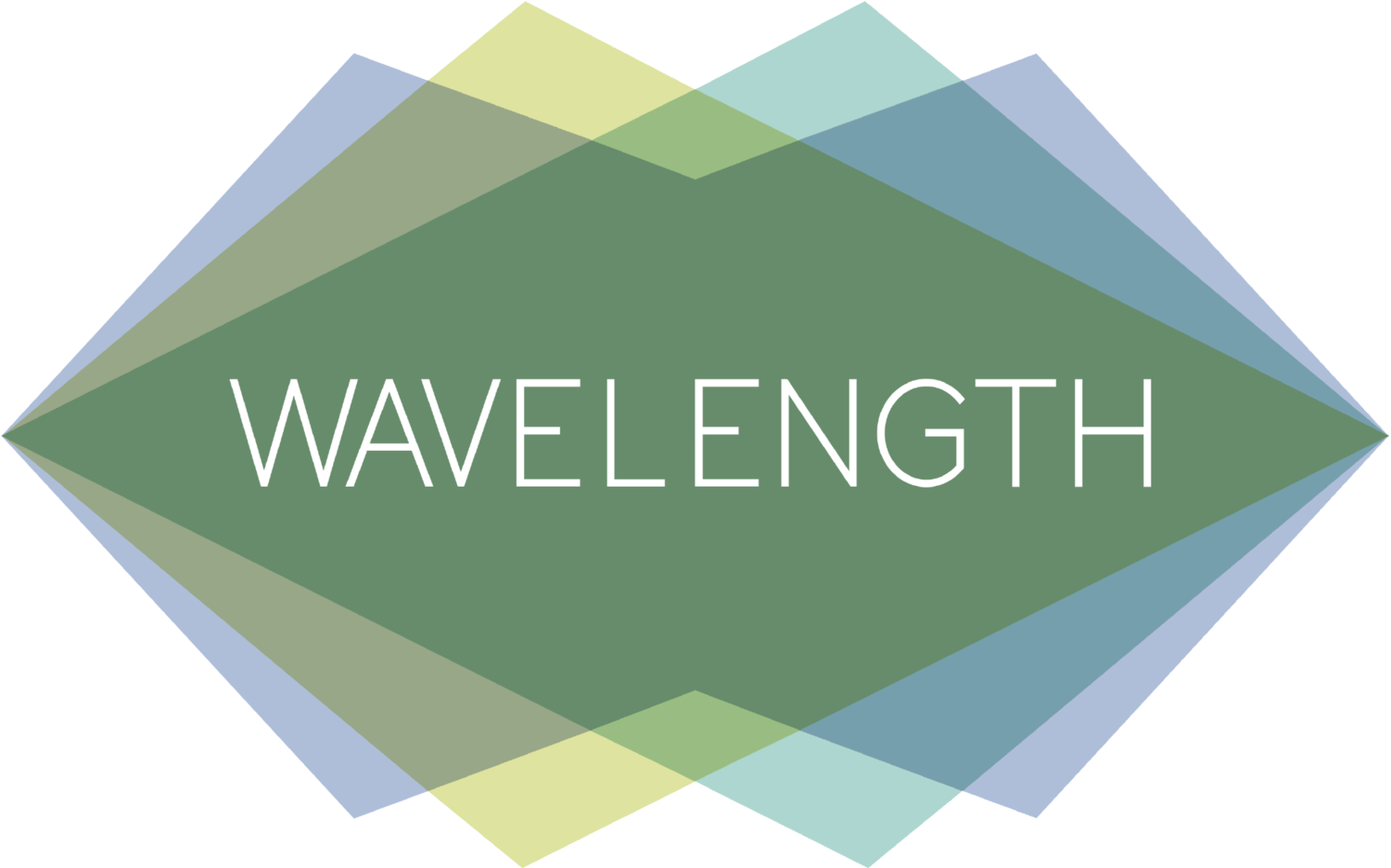
Local Laws 97 & 88
Photo credit: Ajay Suresh
New York City is actively rolling out policies that reduce the amount of energy buildings consume. These policies, especially Local Law 97 and Local Law 88, impact building owners, property managers, tenants, and contractors. Substantial financial penalties for non-compliance with these two laws begin on January 1, 2025. Local Law 97 is a broad building energy policy aimed at carbon emissions reduction while Local Law 88 is a policy that requires existing buildings to bring lighting and lighting controls in line with NYC Energy Code.
What are the key elements of
Local Laws 97 and 88?
Local Law 97, often referred to as the Climate Mobilization Act, is a New York City law that sets limits on greenhouse gas emissions from large buildings. It is part of the city's plan to reduce greenhouse gas emissions by 40% by 2030 and by 80% by 2050. Local Law 97 applies to most buildings of all types over 25,000 square feet. The Law has set a benchmark for every building covered by the law, and for energy consumption exceeding the benchmark, buildings will pay a fine corresponding to $268 per ton of CO2 emitted. This corresponds to about $0.10 per KWh.
Local Law 97 is one of the most ambitious climate change laws in the United States, and a significant number of New York City buildings are non-compliant headed into the first phase of the law in 2025.
Local Law 97 now overarches Local Law 88
Complying with the Local Law 97 energy law will require tremendous effort on the part of NYC buildings, including improving lighting, HVAC, and building envelope as well as sourcing local clean energy where possible. These upgrades will cost buildings millions of dollars and can take several years to implement. Given that Local Law 97, and its penalties, take effect in 2025, the city has given buildings an opportunity to delay their compliance with Local Law 97 if needed. The key step buildings must take now to delay Local Law 97 compliance penalties is to bring the building into compliance with Local Law 88.
Local Law 88
Local Law 88 was enacted in December 2009 as part of the Greener Greater Buildings Plan. It requires upgrades to lighting systems and the installation of sub-meters by January 1, 2025.
Prior to Local Law 88, buildings only needed to comply with energy code when they were performing construction work under a permit with the City. Local Law 88 mandates that buildings, whether scheduled for construction work or not, must bring their building up to New York City Energy Conservation Code.

What is involved in complying with NYC Energy Conservation Code - Lighting and Controls
Covered buildings must demonstrate that the lighting in their building complies with the energy code in place after July 1, 2010. The most recent energy conservation code is from 2020.
There are two critical elements to energy code lighting standards: energy density and lighting controls.
Energy Density
Energy Density refers to the amount of power consumed by lighting per square foot. The Code provides different maximum densities for different space types: 0.81 watts per foot for an office, for example, or 0.66 watts per foot in a hallway. The straightest path to meeting energy density requirements is to convert all lighting to LED. A typical lighting power density of an LED-lit space is below 0.5 watts per square foot, making virtually all spaces compliant.
Lighting Controls
The second, and considerably more complex element of Local Law 88 compliance, is lighting controls. Lighting controls requirements include:
Automatic shutoff using occupancy sensors or automatic time-switch controls
Manual lighting controls in each space enclosed by walls or ceiling height partitions
Daylight-responsive controls in daylight zones to adjust lighting based on natural daylight
Multi-level lighting controls or continuous dimming in spaces larger than 600 square feet
Separate controls for different lighting systems or zones (e.g., general lighting, task lighting, decorative lighting)
Time clock functionality
Wavelength Lighting is capable of designing Local Law 88 compliance projects, and we can also direct clients to third party engineering firms capable of designing a project for bid.
Ultimately, what is required is an audit of existing lighting and controls, followed by the design of a controls system which conforms to code and accommodates the existing lighting, electrical system, and ceilings as much as possible. A typical Local Law 88 compliance project takes between 3-6 months to design and implement.
Resources
Here you'll find copies of the actual laws, code, and other resources that may help better understand Local Laws 97 and 88.

